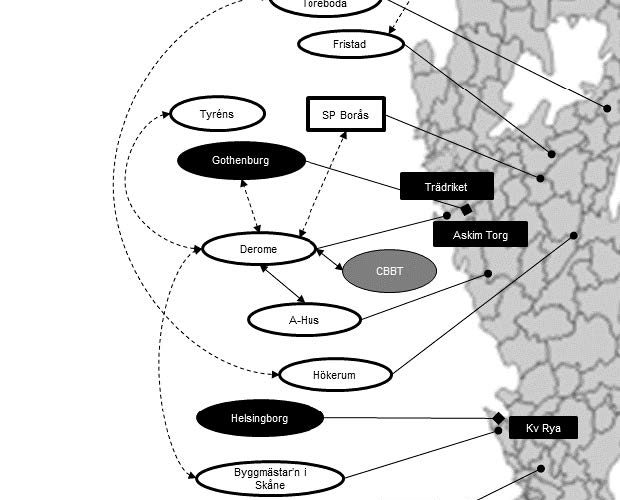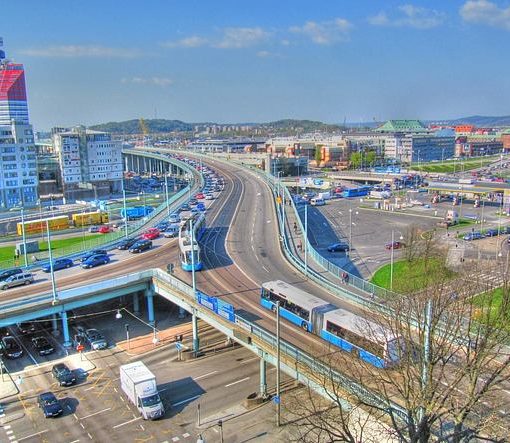David Esteban, Ivo Jaanisoo (2016)
The global climate challenges and growing discrepancy between the availability and demand for natural resources have driven many industries to alter their practices. The construction industry is highly responsible for climate impact and natural resource usage. The pressure for the industry to change is apparent but lacking the required innovation capability as a major obstacle. At the same time, the call for new sustainable solutions provide great business opportunities for organisations. The aim of the study is to analyse the drivers and barriers for implementing sustainable materials into construction projects in Gothenburg, Sweden. The case of timber structures in multi-storey buildings represents a material that has recently been reintroduced to the Swedish construction industry. The theoretical basis is constructed upon current research on the topics of sustainability, socio-technical systems, resource analysis and construction innovation. The research involves three steps. Firstly, the perspectives of a diverse set of stakeholders are provided. Secondly, the case studies of twelve construction projects formulate the context of timber construction in Sweden. Thirdly, four in-depth perspectives are summarised from Gothenburg stakeholders that represent the public sector, private sector and academia. The results show the political pressure for implementing timber constructions in Gothenburg due to the associated sustainability benefits. However, the activities of various stakeholders hinder the progress. Similar innovations in other regions have required strong strategic orientations by municipalities, timber industry firms and property developers. The ensuing networks of organisations have provided the resource bases for successful innovation projects. In addition, stable relationships enable the industry to seek benefits from advancing the processes of timber construction, such as standardisation and prefabrication. The successful introduction of sustainable materials into construction requires intense collaboration between the public sector, private sector and academia. The findings of the research provide a framework which can explain and guide the enabling processes for sustainability transitions in the construction industry. Furthermore, with certain adaptations, the research methodology and process could be applied to other industries due to its suitability for explaining pressures on existing systems. Apart from further research, the results are applicable for regional policy-making and strategy formulation of existing and starting businesses.
Read the full report here.





